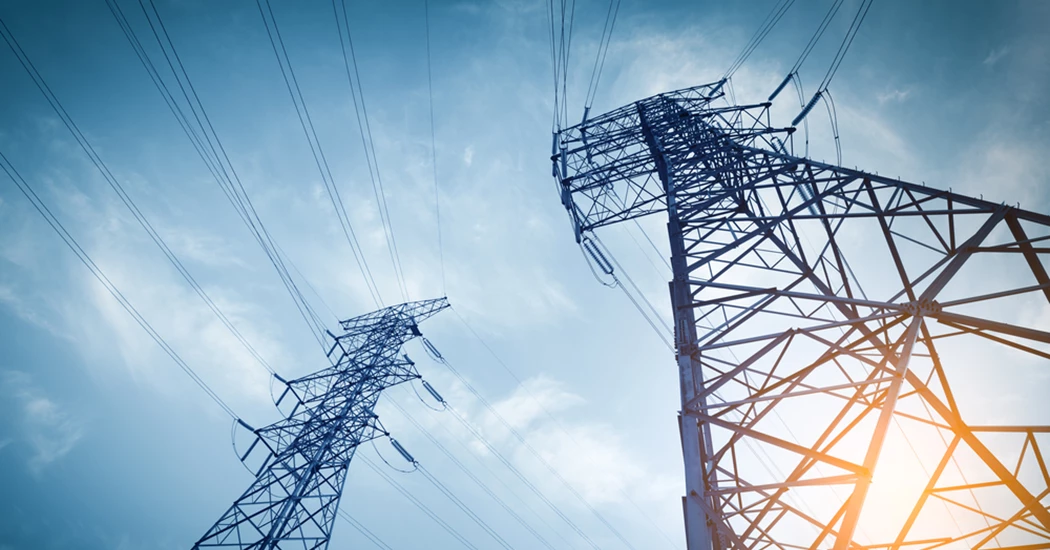Asia's energy transition: a journey towards sustainability
In the bustling landscape of Asia's energy sector, a quiet revolution is taking place. With the world's eyes increasingly fixed on sustainable development and combating climate change, the region is undergoing a profound shift towards renewable energy sources.
This transition is not just a necessity; it is a strategic imperative to meet the soaring energy demands of a rapidly growing population while safeguarding the planet for future generations.
As of 2022, Southeast Asia ranks sixth globally in terms of economic size. But along with this economic expansion is a worrying forecast: by 2050, the Asian Development Bank projects that greenhouse gas (GHG) emissions in the area will have increased by 60% compared to 2010. For international efforts to tackle climate change, reducing these emissions is essential.
According to the World Economic Forum, Southeast Asia is the fourth-largest energy consumer globally. The region’s existing energy structure is heavily weighted towards conventional power generation with fossil fuels accounting for 83% of its energy mix, research from ASEAN Centre for Energy revealed.
Pioneering renewable power in Southeast Asia
To support the global efforts towards net-zero, renewable energy sources will need to supply a far greater portion of the region’s power needs, alongside other innovative technologies like hydrogen, carbon capture, and energy storage.
S&P Global predicts that as renewable energy grows, more carbon capture measures are put in place, and coal use - a primary energy source in the region - starts to decline, Southeast Asia's emissions will peak in 2029 and start to decline by 2041.
At the forefront of driving this transformation is Sarawak Energy, a key player in Malaysia's energy landscape.
In an exclusive interview with Energy Connects, James Ung, the Chief Operating Officer of Sarawak Energy, discussed the pivotal role of renewable electricity in shaping Asia's energy future.
"Renewable energy is crucial for Asia," he asserted, "because Asia is one of the fastest-growing regions in the world."
Citing the International Renewable Energy Agency's (IRENA) 2022 Annual Report, Ung emphasized the significance of hydropower in the region's renewable energy mix, particularly in Southeast Asia.
By 2018, renewable energy will make up around 28% of Southeast Asia’s energy mix. Almost 85% of that comes from hydropower, he highlighted.
“15 years ago, our [Sarawak Energy] generation mix was 90% hydrocarbon and less than 10% are renewables,” Ung recalled. “Today, our generation mix is 70% renewable hydropower. We decarbonised our power systems by 73% over the past 10 years.”
With ambitious projects like the Pak Lay Hydropower Plant and innovative initiatives like floating solar installations and battery storage systems, Sarawak Energy is charting a course toward a sustainable energy future.
Electrifying industries
A key element to the energy transition is access to energy. In its Southeast Asia Outlook 2022, the International Energy Agency (IEA) highlighted that energy access has been improving in Southeast Asia in recent years: around 95% of households today have electricity and 70% have clean cooking solutions such as liquefied petroleum gas and improved cook stoves.
During a discussion with Energy Connects, Anders Maltesen, Senior Vice President of Energy Industries at ABB, emphasized the long-term nature of this transition, likening it to a marathon rather than a sprint.
“But again, if we look at different areas, one is the massive growth of renewables required to achieve our targets.”
Globally, renewables are expected to contribute 80% of new power generation capacity by 2030 under current policy settings, with solar alone accounting for more than half of this expansion, according to the IEA.
However, this scenario only represents a fraction of solar power’s potential, according to the World Economic Outlook analysis. By the end of the decade, the world is projected to have manufacturing capacity for more than 1,200 gigawatts (GW) of solar panels per year, but it is estimated to deploy only 500 GW in 2030.
If the world were to deploy 800 GW of new solar PV capacity by the end of the decade, it would lead to a further 20% reduction in coal-fired power generation in China by 2030 compared with a scenario based on today’s policy settings. Electricity generation from coal and natural gas in Latin America, Africa, Southeast Asia, and the Middle East would be 25% lower.
In 2022, wind electricity generation increased by a record 265 TWh (up 14%), reaching more than 2,100 TWh - the second-highest growth among all renewable power technologies, behind solar PV.
However, to achieve the Net Zero Emissions by 2050 Scenario, which requires approximately 7,400 TWh of wind electricity generation in 2030, the average annual generation growth rate needs to increase to about 17%, the IEA said. Achieving this will require increasing annual capacity additions from approximately 75 GW in 2022 to 350 GW in 2030.
Charting a sustainable path forward
As Asia marches towards a sustainable energy future, collaboration and innovation will be paramount. Governments, industries, and stakeholders must work hand in hand to overcome challenges, drive technological advancements, and accelerate the adoption of renewable energy sources.
With visionary leadership, strategic investments, and a shared commitment to sustainability, Asia's energy transition holds the promise of a brighter, cleaner, and more resilient future for generations to come.





